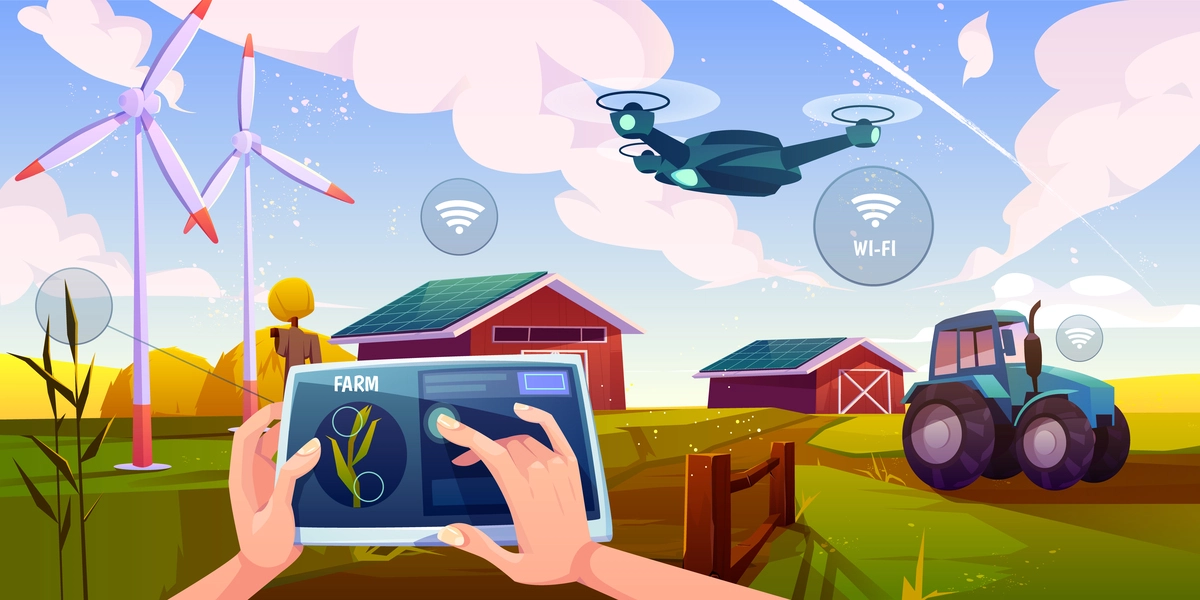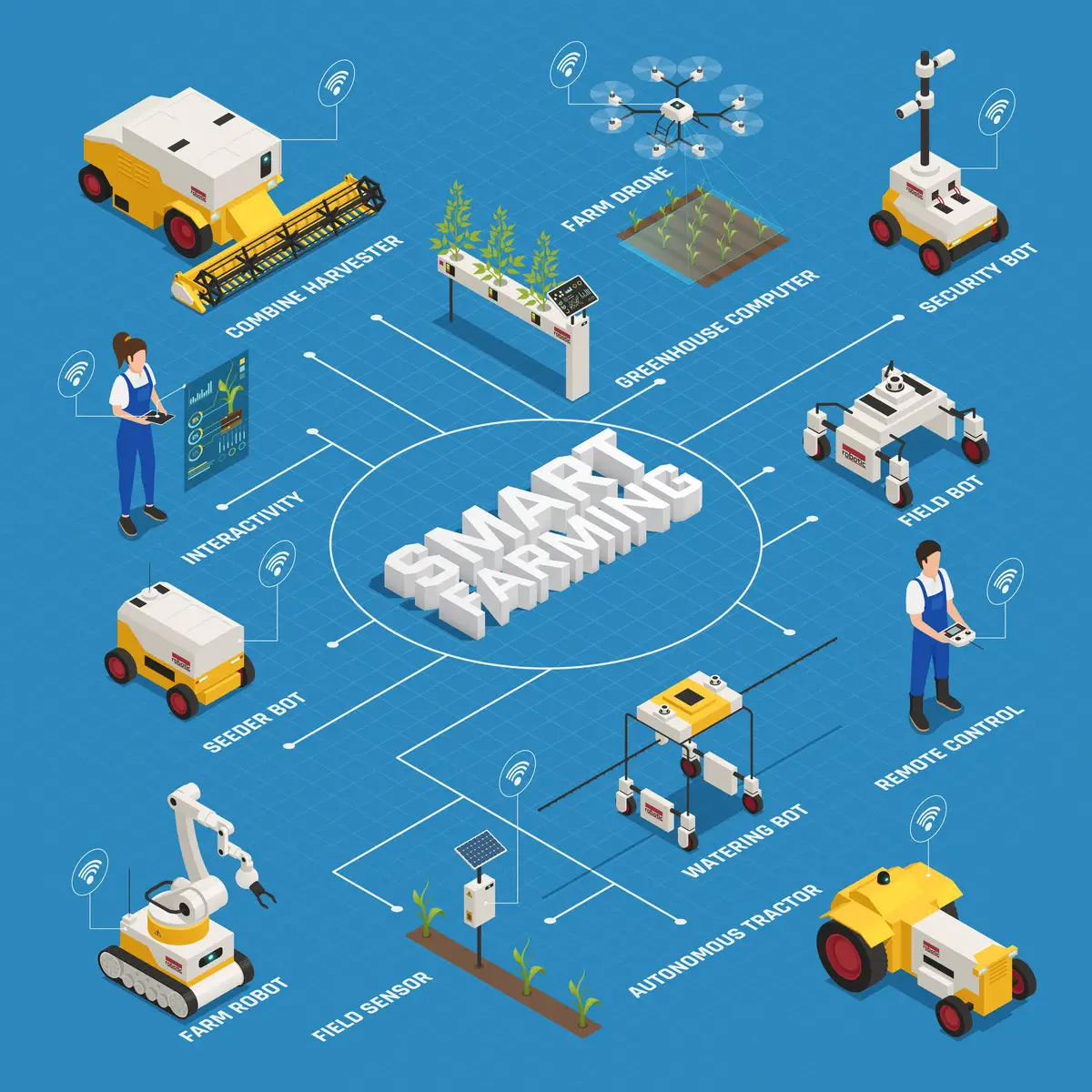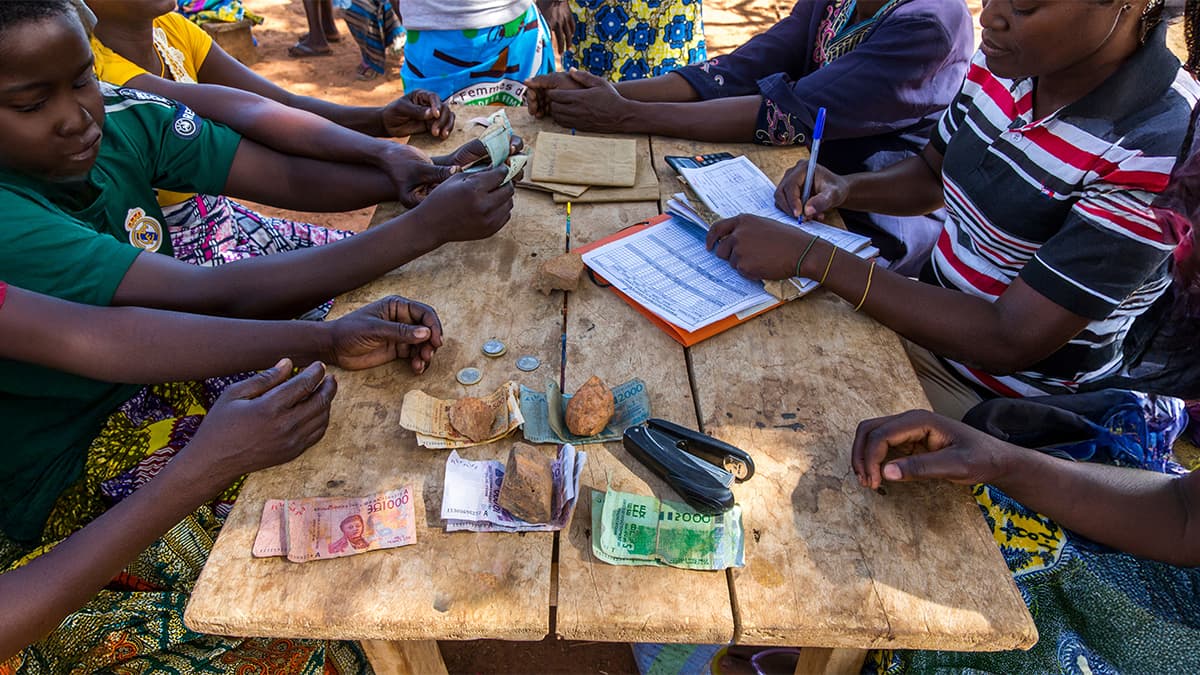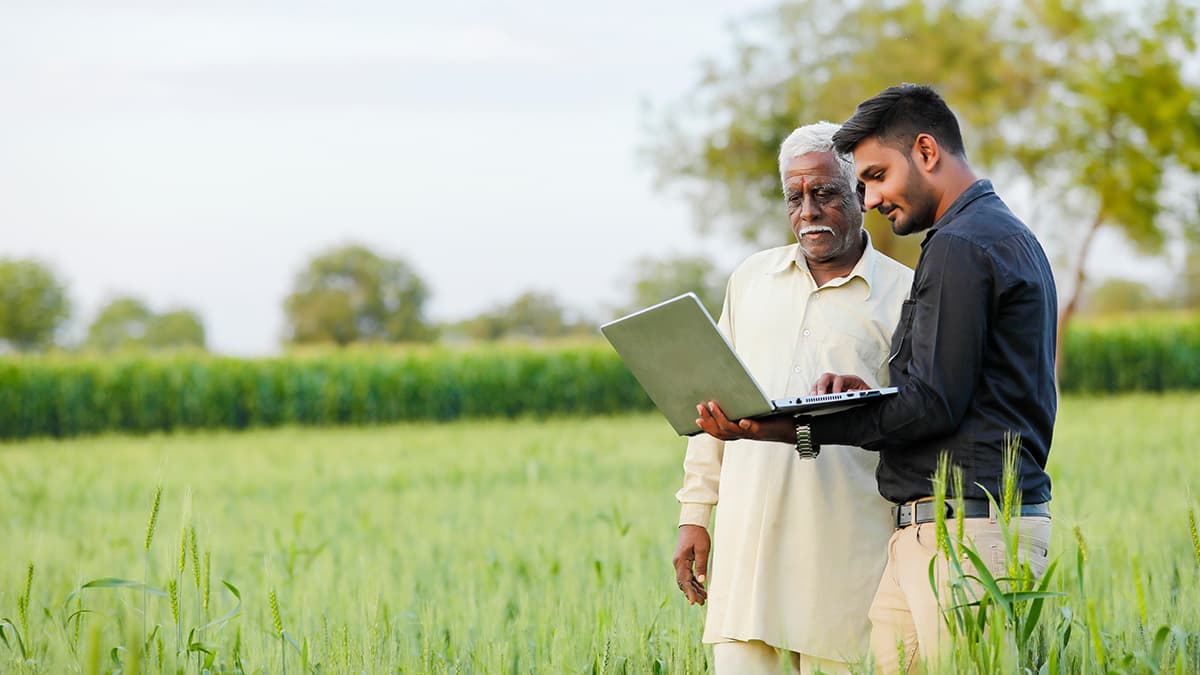Usually, we don't talk much about technology when it comes to food. But we can wax lyrical about the technology embedded in an Apple phone. However, do we know enough about how technology can transform the way we grow, move, and consume the other apple? Emerging Technologies are unleashing possibilities. In fact, they are needed for streamlining the farm-to-fork chain. For nations, the big worry is making available food for all- an estimated 10 billion mouths that need to be fed by 2050. The next issue is fighting food waste - approximately 1.6 billion tons of food are wasted every year. Cutting-edge technologies offer a solution to these complex problems. When used with other levers such as governance and human capital, niche technologies can make food systems more sustainable, equitable and resilient.

How FoodTech Market is Evolving
Technology in isolation is no silver bullet to fix the problems in the food trail. But coupled with the right temperament and investment of human efforts, it is scripting a visible transformation.
Global smart agriculture market size is anticipated to reach USD 29.18 billion by 2028, expanding at a CAGR of 10.6 per cent over 2020. The Covid-19 pandemic has accelerated the adoption of Industry 4.0 technologies throughout the food value chain.
The key to building a more resilient supply chain lies in investing in new technologies and connecting digital and physical tools, infrastructure, and data streams.
Five Technologies Disrupting The Food Trail
1. AI & Advanced Robotics: In the food value chain, robots are leveraged to improve operations and enhance efficiency at affordable costs. Robots have moved beyond performing iterative tasks to take on cognitive and value add functions. More than 30,000 robots are in use in the European food industry. The rising adoption of robotics is a tangible example of FoodTech.
2. Hyper-automation: The food supply chain is witnessing the emergence of hyper-automation- the blend of Artificial Intelligence (AI) tools with Robotic Process Automation (RPA). The use of hyper-automation in packaging can aid in optical character recognition, packaging assembly verification, and packaging classification. The massive logistics operations of Amazon rely on hyper-automation.
3. Digital Twins: In food manufacturing, digital twins provide a better understanding of pain points such as machine wear and tear and supply shortages with changing demand. Digital twins also can find their way into product development, testing, post-production, distribution and nearly every other facet of the industry.
4. Blockchain: With blockchain technology, you can have complete visibility on the origin of food- the farm on which it was raised and the methods used to produce it. Walmart is using the technology to track potential food contamination outbreaks. It empowers them to find the source and find the many branches involved - like where goods might have been shipped and who may have purchased them.
5. Augmented Reality (AR) and Virtual Reality (VR): The use of AR and VR headsets will allow consumers to see what's inside packages without unpacking or unboxing them. This technology is currently being implemented at major retailers such as Target, Walmart, and Home Depot.
CSM Taps Emerging Tech Across The Food Value Chain
CSM Technologies has developed a suite of automated solutions capable of reforming the procurement to the distribution chain. Our Agriculture Procurement Automation System identifies genuine farmers by capturing their biometrics. The system is integrated with blockchain technology to keep procurement transaction records tamper-proof. Then, the Soil Information System implemented in Ethiopia leverages Machine Learning (ML) algorithms for data consolidation, soil sampling & testing and final output generation. We have also tapped our proprietary ML algorithms in the Integrated Commodity Auctions System used in Mombasa (Africa) to build valuations and pricing models of the auctioned tea. Among our pre-harvest solutions, the Early Warning and Pest Monitoring System in Ethiopia validates the power of AI and ML technologies to map geo-tagged survey data and build predictive models for highlighting potentially vulnerable areas.

FoodTech's Future: Banking on 3-D Printing
3-D printing is billed as the next big disruption in Foodtech. This technology can develop the next generation of foods that can be made at the simple press of a button. The application of 3D printing technology to the food sector offers many potential benefits, including customized food designs, personalized nutrition, supply chain simplification, and the ability to broaden the source of food input. How we raise the food, package it, deliver and reuse it- each step will have a touch of FoodTech in it.


























































We will verify and publish your comment soon.